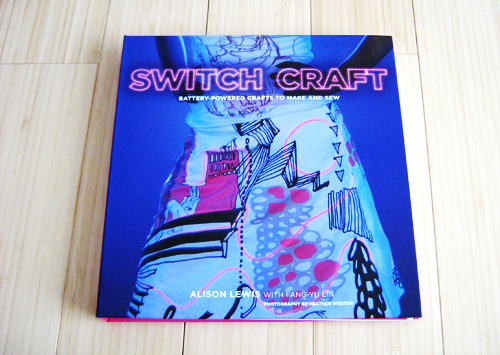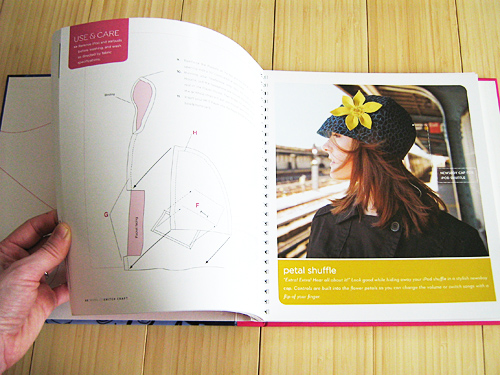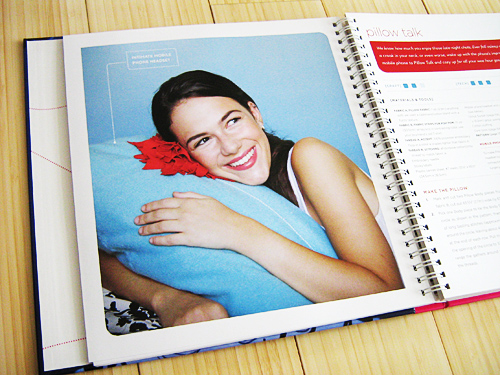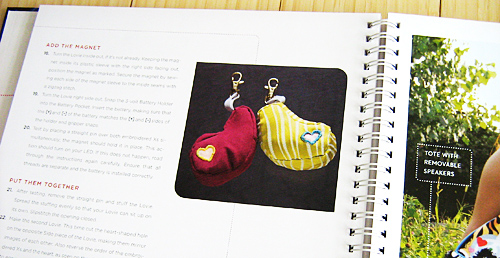Alright folks, my new Jawbone Up, Nike FuelBand and Fitbit finally arrived. All of them claim to have similar capabilities and promise to help me reach my goals. Now it's time to put them to the test and let them duke it out as to which is the superior solution. So...welcome to the Battle of the fitness devices where I will be spending the next 6 weeks comparing these fitness devices.
My goals
1. Lose 4 pounds in 6 weeks 2. Run a 10k in March 3. Drink more water and stay continually more hydrated
Week 1
After ordering all the devices, Up was the first to arrive. Makes sense, considering their previous market disaster which forced them to pull the product off the shelves. I would expect to get the best service from them the second time around, including fast shipping. The NikeFuel band was next. And the FitBit took over 2 weeks. What's up with the wait? Not good folks.

The set up was fairly easy for all three devices. Up was extremely easy to setup. Just download the phone app, plug in the device to the phone, and go through a set of very simple instructions. Voila...ready to go. The only caveat is that you are required to take off the device and physically connect it to your phone to sync the data. A little bit annoying, but eliminating bluetooth helps reduce the size of the device and increases the battery power, which seems to last the longest compared to the others.

The FuelBand was also easy to set up. Unlike Up, which you can set up using your phone, FuelBand requires you download and install an app on your PC and install new firmware onto the device as well. After both installs, it was easy to get up and going and the wireless synching was nice once you get the device paired with your phone. The only problem is that the bluetooth feature on your phone sucks away a bit of battery. We'll see if it's worth the convenience of wireless synching compared to Up.
Like the FuelBand, Fitbit requires you to set up using your PC. It was also very easy, although it requires an awkward additional wireless device to be attached to a USB port on your PC. So now I have to carry around the Fitbit device AND a wireless adapter on my laptop. Wireless set up was effortless on my phone, however.
Now that the devices are all up and running, it's time to set up my goals, which include losing 4 pounds and training for a 10k in March. Up and FuelBand failed miserably at this. Neither allowed me to set goals based on weight or exercise. Up makes you set goals based on steps, but doesn't make it easy for you to figure out how many steps equates to what. I had to go online and research elsewhere for that. FuelBand asked you to set your goals based on an arbitrary metric without providing much explanation around it. I get how it allows you to compare your activity to others, but I don't get how it equates to steps or calories burned and how it can help me reach my goals. Example, how does a Fuel goal of 3000 per day equate to my weight loss goal? So, I have been finding that I ignore this metric altogether and keep track of my steps instead.
The biggest gripe I have with the FuelBand is that the phone app doesn't integrate with Nikeplus running app. BIG MISTAKE considering I have a running goal. It's an opportunity loss that they don't integrate with running AND weight loss management. Instead, Nike makes you sign up for a completely different experience that is basically a glorified pedometer...a disappointment, especially since it's the most expensive device.
Also, the FuelBand is the bulkiest device with an over-sized and overly-bright LED display that aesthetically looks dated....and not in a good 80's retro way. Nike could have designed the display to be much more discreet and elegant, which would probably take up less battery power as well.

In terms of wearability, I find the FuelBand the least comfortable. It's the largest of the devices and requires you to press hard to get it to snap together. In fact, the clasp has pinched my skin a number of times and even drew blood. Ouch! Generally, I feel a bit dorky wearing it. Especially when I'm at the gym and use the giant LED display to see my steps. Come on guys, can't you be a little more discreet?
The Fitbit was the only experience that offered me to set up a weight loss goal. Once doing so, all the metrics easily related to my start weight and it made much more sense about what I needed to do to achieve my goal than, for example, an arbitrary “Fuel” metric. The Fitbit community is also much more engaging (for my needs) since you can invite friends privately and set up goals together. The other devices allow you to integrate with Facebook, but who wants to blast their data to absolutely everyone?
Fitbit provides more data visualization compared to the other devices including water intake and weight trends. However, some of the visualizations are built in flash so they don't work on apple devices. Bummer. Up's app does a nice job visualizing more detailed data including sleep patterns broken into deep and light sleep, which I find fascinating but not that useful yet.
So, how do the devices compare in week 1? I’ll be using 4 attributes to evaluate each device throughout the weeks including:
1. Wearability: comfort, style, fit, etc… 2. Capability: features, hardware & battery, syncing, etc... 3. Motivation: does it get me going, keep me going, and help me reach my goals? 4. Simplicity: understandable data, easy set up, easy to read/sync, etc…

So far, Fitbit came out of the gate the strongest. However, wearing it around makes me feel like I'm carrying a small pager. Pretty dorky. Hopefully, their new Flex might be less so. NONE of the devices helped me with my running goal. I had to use a combination of websites to make a plan and will end up tracking my progress with a good ol' pen and paper. I did already win a FuelBand badge, but i still don't know how "25k Fuel points" helps me achieve my weight loss and running goals so I wouldn't say winning it was very motivating. Cute achievement animation though that I played twice.
Stay tuned for next week as I begin collecting more data and (hopefully) inching toward my goals...




